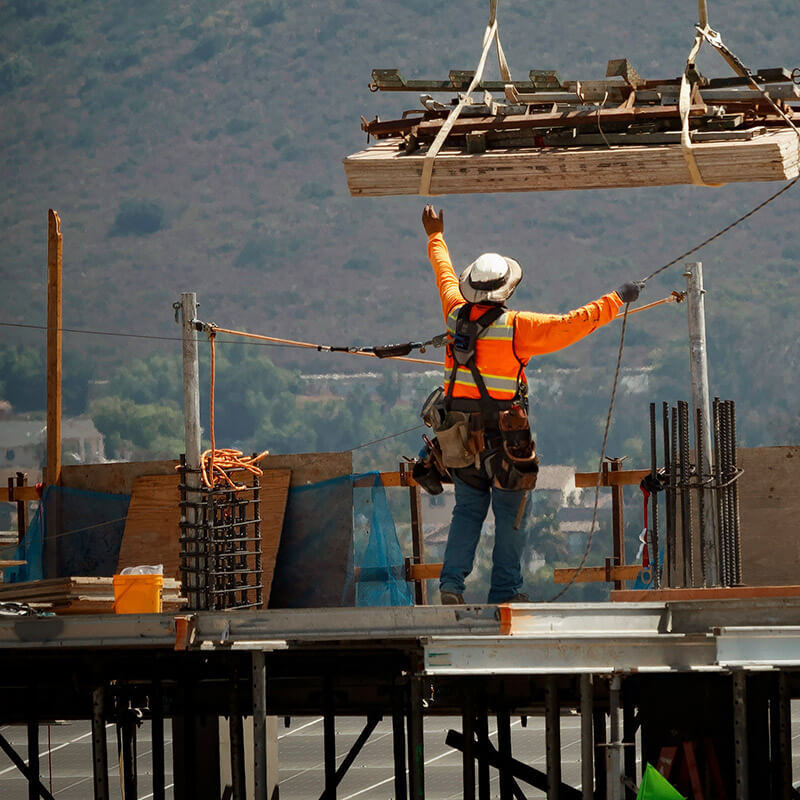Product Description
The Am'D lightweight asymmetrical carabiner is made of aluminum. It has a D shape particularly suited for connection to diverse equipment such as descenders or positioning lanyards. Its fluid interior design and Keylock system facilitate handling. The Am'D carabiner is available in three locking systems: automatic TRIACT-LOCK or BALL-LOCK system, or the manual SCREW-LOCK system. Am'D may be used with a CAPTIV positioning bar to favor loading of the carabiner along the major axis, to limit the risk of it flipping and to keep it integrated with the device.
- D shape is particularly suited for connection to equipment such as descenders or positioning lanyards
- May be used with a CAPTIV positioning bar to favor loading of the carabiner along the major axis, to limit the risk of it flipping and to keep it integrated with the device
- Fluid interior design limits the risk of having a catch point and facilitates rotation of the carabiner
- Keylock system to avoid any involuntary snagging of the carabiner
- H cross-section ensures an optimal strength-to-weight ratio and protects markings from abrasion
- BALL-LOCK: automatic locking with triple-action gate opening, with lock indicator
- Certification(s): CE EN 362, EAC, NFPA 1983 Technical Use
Specifications
Safety Notice
Although Bishop Lifting strives to manufacture and sell the highest quality rigging and safety gear, use of the gear is dangerous if not used correctly by competent trained professionals. Bishop Lifting disclaims any liability resulting from the misuse of its rigging and safety gear. Please take a moment to more thoroughly review our disclaimer.
Bishop Lifting rigging and safety gear is only intended to be used by competent trained professionals. Misuse of the rigging and safety gear can result in serious injury up to and including loss of life. As such, Bishop Lifting disclaims liability for any misuse or incorrect product selection by our customers.
Rigging and safety gear purchased from Bishop Lifting should be used in strict accordance with all industry and OSHA standards. At no time should rigging or safety gear be used beyond its certified load ratings (aka Working Load Limits). Normal wear and tear should be expected with use of rigging and safety gear; therefore, all gear should be thoroughly inspected before each and every use. Worn or unsafe rigging and safety gear should never be used.













